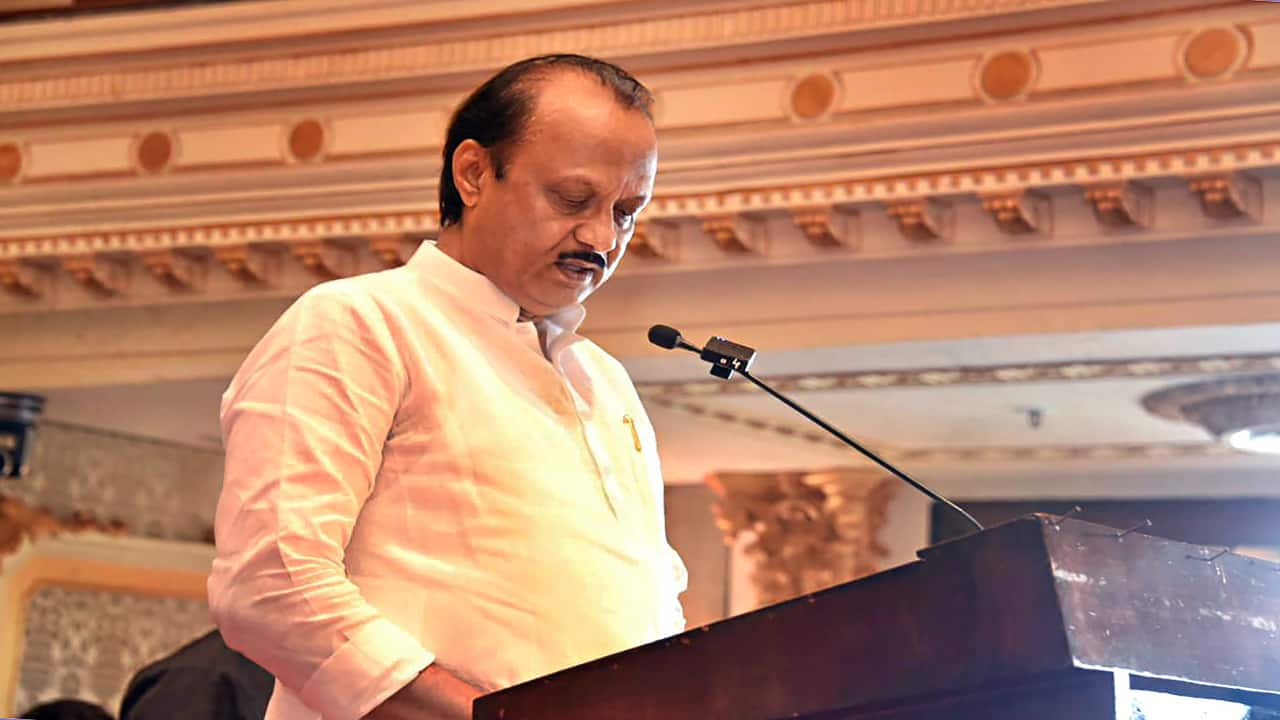In App Check
Credit Score
Open App
Get App / Open App
- Home
-
Upgrade your
experience Remove ads - Moneycontrol PRO
-
Web Stories

-
Credit Score

- Markets
- Tax Calculator
- ITR filing
-
Forum

- Gold Rate
- Silver Rate
- Travel Special
- #MCStartUpConclave
- Storyboard18
- Economic Calendar
- Global Markets
-
US Markets

- Indian Indices
- News
- Real Estate
- Big Shark Portfolios
- Portfolio
- Watchlist
- Personal Finance
-
MC Health Insurance Ratings

- Mutual Funds
- Commodities
-
Currencies

- Media
-
Invest Now

- Subscriptions
- Specials
- International














